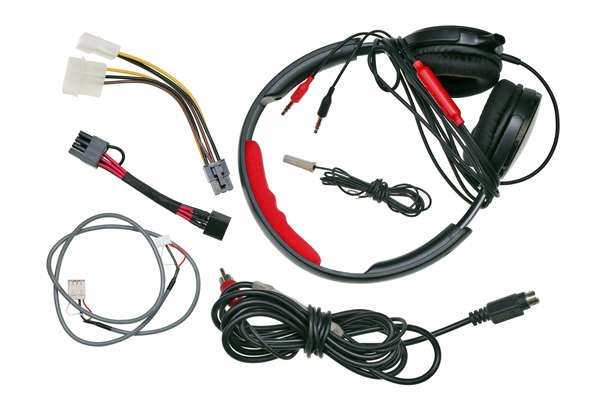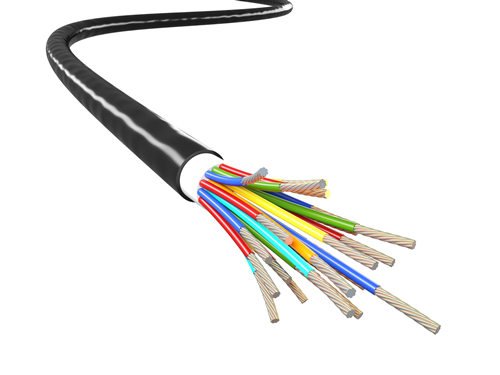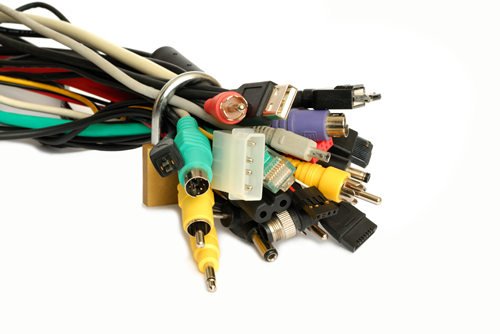
Cable assemblies are one of the main components of a cable system. Picking one can be a challenging task, but it is essential to get it right.
If your cable system works at optimum performance, you’ll prevent unwanted hazards. After all, faulty cables are one of the leading causes of fires.
So, how can you select the proper cable assemblies for your needs? Well, there are lots of factors you can take into consideration. In this article, we’ve broken it down into these five points:
- Conductors and Circuits: Size Matters
- Insulations Methods: Bundle Up
- Choose the Shielding: Don’t Skip Out!
- Strain Relief: Ease Up on Those Wires
- Safety Considerations: Get a Stamp of Approval
The above list will help you choose the best cable assembly for your specific application. So, if you want to know more about each point, keep reading!
#1 Conductors and Circuits: Size Matters
Conductors are the basic building blocks of cable assemblies. Choosing the suitable conductors will depend on the application. But, one thing is for sure: You should never sacrifice performance for size. The size of conductors is crucial for cable systems.

The reason is simple: Conductors carry the electricity that powers your system. And if the conductors are too small, they will melt and burn. On the other hand, too large conductors can be unwieldy and difficult to handle.
So, how do you pick the right size? The standard rule of thumb is that you should choose a conductor that’s as big as your power source. That way, it won’t cause problems when it gets hot or experiences a short circuit.
There are many guidelines on how to calculate your conductor and cable size to match the levels of current that goes through your cable assembly.
For circuits with more than one wire, it’s also important to consider that you should keep these wires within a safe distance from one another to prevent unwanted circuits.
They should also not be touching anything else either; otherwise, there could be electrical shorts or shorts between neighboring wires, which can cause problems in your system.
#2 Insulations Methods: Bundle Up
can have a significant impact on the performance of your cable assemblies. For one, they keep electrical currents under control. They are one of the main reasons why conductors are able to conduct electricity and transfer it to the ground.

Cable insulation can protect your wires from external things that may damage them, such as environmental hazards. It can also prevent things from going out; in other words, making sure the electrical currents from those wires do not leak out and mingle with other nearby cables.
This includes keeping the different parts in a single wire so that cable–like the inner conductor and the external shielding–from interacting with each other, so both components can work properly.
Choosing the proper cable insulation can go a long way into making sure your cable assembly works well and stands to the test of time. Because of this, you need to consider insulations when picking your cable assembly carefully.
This is because when you choose the proper insulation, you’ll be able to maintain the proper levels of current and keep your cables in good shape.
The most common insulations are rubber, PVC, and fluoropolymers. But there are many other insulation types such as neoprenes and silicone. Each type holds different strengths and weaknesses, so you should make sure to choose one that matches your needs.
In other words, choosing one or the other will affect the performance of your system. For example, PVC is particularly cost-effective and versatile, but it can emit dangerous halogens. On the other hand, rubber is often more durable, being both ozone and oil-resistant.
So how do you pick the correct type of insulation? Well, generally, you should think about the location your cable assembly will be placed in.
Will it be exposed to many harsh environments that might cause heat and water damages? What about the temperature levels or contact with chemicals?
As mentioned before, some insulation methods are more resistant to certain elements than others. Therefore, knowing these things will help you determine what benefits you the most.
#3 Choose the Shielding: Don’t Skip Out!
Shielding is another important factor you should consider when picking your cable assembly. In layman’s terms, they are essentially the layer that separates the jacket and the insulation of your cable.
But why do you need shielding? Well, it prevents the electricity from getting out of your cable assembly. This can be a perfect thing for many reasons. For one, it will avoid possibly harmful electrical currents from reaching the insulations in your system.
For example, if you have a copper cable with a lot of stray voltage coming out of it, that’s terrible news. It could easily cause fires or even shocks.
So, the way to prevent this is by putting an appropriate shield on your cable assembly to stop unwanted crosstalk with nearby wires.
Cable shieldings come in three types: braid, spiral, and foil. They are usually made out of copper or aluminum foil, though there are other options, as well.
Each of these options differs in cost, and each come with their shortcomings and advantages. For example, foil is cheap and resistant to electrical interference. Meanwhile, braids are durable against “noise,” but their construction allows for limited coverage.
Think about the application of your cable system when you choose the shielding. Factors that you should consider include frequency levels, flexibility, and cost. There are also options to combine multiple shielding methods, so you can consider this if you cover all the bases.
#4 Strain Relief: Ease Up on Those Wires
If you’re using a lot of cable assemblies, strain relief is one of the most important factors to consider.
What does strain relief do for your cable assembly? Well, the gist of it is that some wires get jostled around a lot. Strain relief lessens the stresses that these wires experience to break easily.

It’s also a common thing to forget about, but if you want your cable assembly to last, you need to make sure it’s properly designed. Some of the most commonly found ways to improve strain relief are applying over-molds and heat-shrink tubings.
Overmolds are typically made out of a rubber compound that fits the cable assembly. They are then put into a mold and baked to create a custom fit. This improves strain relief while making the cable assembly more durable.
Heat-shrink tubing improves strain relief on cable assemblies with flexible wires. Applying this tubing on parts of a cable that gets bent a lot lets the tubing carry the weight of forces that impact it.
#5 Safety Considerations: Get a Stamp of Approval
Last but not least, safety is another crucial factor to consider when picking your cable assembly. You want to make sure that your system is safe and reliable, so you need to ensure that it has the right components.
This includes choosing the components of your assembly carefully, as we’ve explained above, but it also goes further than that.
Another thing you should consider when it comes to ensuring the safety of your cable system is adhering to regulations and laws.
This means that you should choose components that have passed a certain amount of standardized testing. Doing so will guarantee the efficiency and safety of your cable system.
The method of certifying cable safety will differ from region to region. One that is commonly found in the International Electrotechnical Commission (IEC), the International Organization for Standardization (ISO), and the Underwriter Laboratories (UL).

Brush up on your knowledge about these certifications, so you know what to look for. For instance, UL categorizes their certificates roughly into two areas: the “UL recognized” mark (for individual materials) and the “UL listed” effect (for complete assemblies).
UL, IEC, and ISO are all trusted brands providing various types of certifications for years. And, in most cases, you can find a stamp of approval on your cable assembly and the components that make up your cables to show you that it’s been approved by one of these two organizations.
But, you should always make sure to check what type of approval the manufacturer has used before making your purchase. After all, there are many different types of certification, each with its strengths and weaknesses.
If your assembly or materials don’t qualify for these certifications or have ones you don’t recognize, you should consult your manufacturer. This makes sure your cable assembly adheres to the necessary safety regulations and won’t give you any unwanted surprises.
Final Thoughts
Keep in mind that not all factors above will apply to your specific application. After all, it’s not a one-size-fits-all situation.
However, it’s good to keep these five points in mind when choosing your cable assembly: conductors and circuits, insulation methods, shielding, strain relief, and safety considerations.

